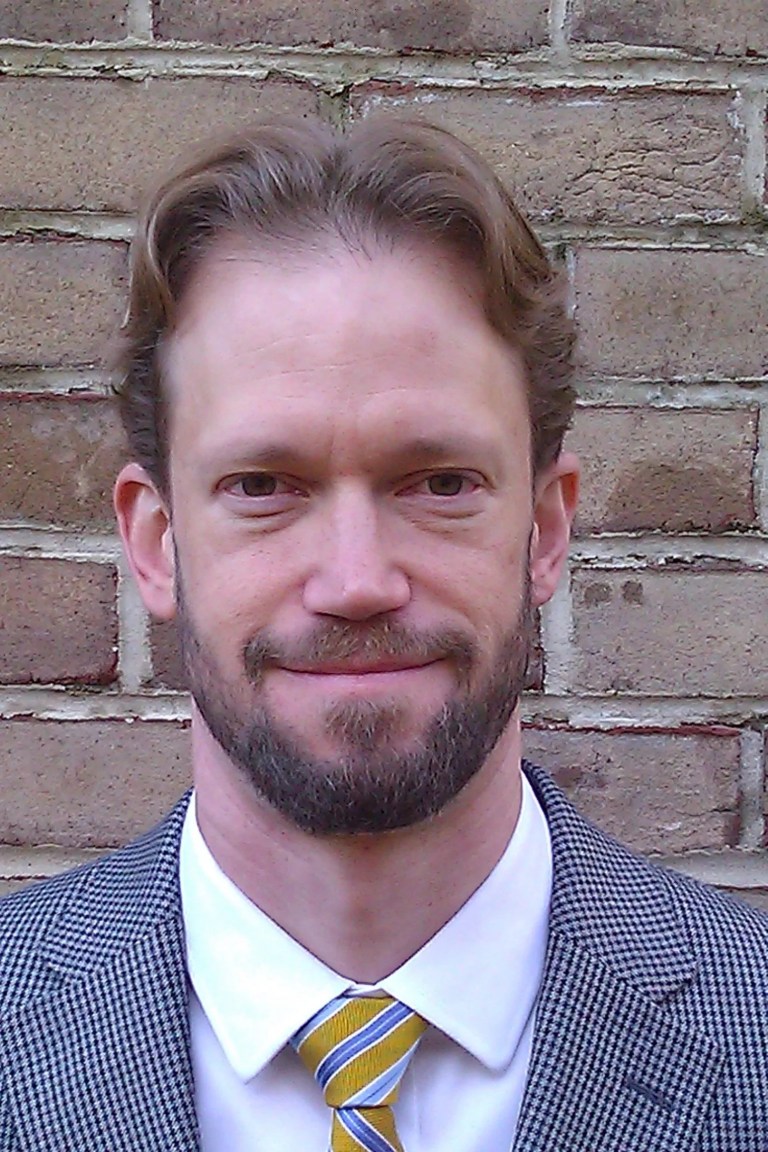
Benjamin R. Phillips
Lead for NASA’s Earth Surface and Interior Focus Area
Benjamin Phillips is Lead for NASA’s Earth Surface and Interior Focus Area, which supports research and analysis of solid-Earth processes and properties from crust to core. His responsibilities include managing the competitive research program and serving as the Program Scientist for NASA’s Space Geodesy Program, which is building, deploying, and operating a next-generation space geodetic network of integrated, multi-technique observing systems and associated data analysis and distribution capabilities to refine our knowledge of Earth’s shape, rotation, orientation, and gravity. Dr. Phillips also serves as Program Scientist for the Crustal Dynamics Data Information System (CDDIS), Surface Topography and Vegetation (STV) Incubation Program, and the Earth Surface Mineral Dust Source Investigation (EMIT) mission, which is measuring the composition of mineral dust sources and identifying greenhouse gas point source emitters around the world from its perspective on the International Space Station. He leads the Geological Earth Mapping Experiment (GEMx), and NASA-USGS partnership to conduct airborne mineral mapping of over 500,000 sqkm of the western U.S. to support critical minerals resource assessments as part of the Earth Mapping Resources Initiative. He is also the alternate Program Scientist for NASA’s Surface Biology and Geology (SBG) observing system, and for the Uninhabited Aerial Vehicle Synthetic Aperture Radar (UAVSAR) platform, which uses airborne radar to study dynamic Earth processes. Prior to joining NASA, Dr. Phillips was Science Advisor to the Geothermal Technologies Office, U.S. Department of Energy, where he was a lead developer of the Frontier Observatory for Geothermal Energy (FORGE) and the agency-wide Subsurface Technology and Engineering R&D (SubTER) Crosscut effort. He also previously served as a Program Director in Geophysics at the National Science Foundation, managing projects spanning geodynamics, seismology, geodesy, and potential fields research. Before joining the government, Dr. Phillips studied global mantle convection and magma dynamics by developing numerical simulations for high-performance computing platforms. He received his Ph.D. in Geosciences from Princeton University in 2005.
























